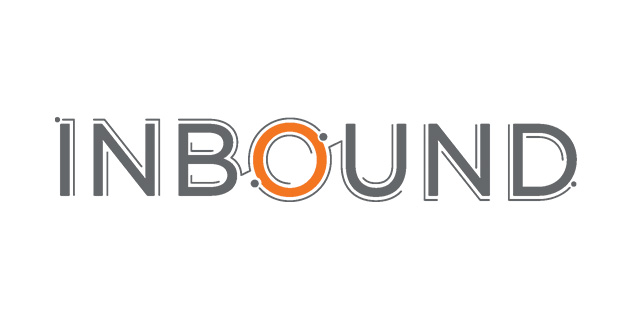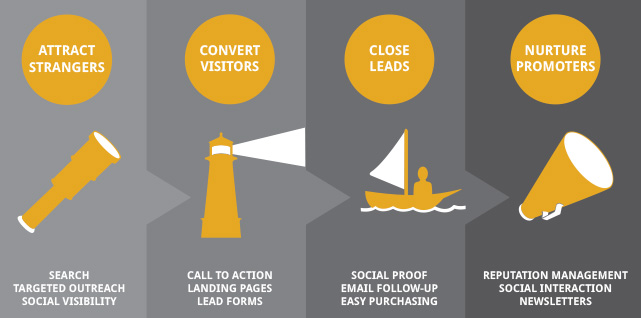Inbound marketing has long been a player in the marketing world, but it is becoming increasingly more important. In September, our director of inbound marketing, Michael Griffin, attended Hubspot’s Inbound conference in Boston. Inbound is the largest conference of its kind and is armed with high level and high profile speakers. It is geared toward heads of marketing departments at larger companies and inbound departments within agencies.
While attending conferences has been a focus for Michael throughout his nearly decade-long career in marketing, this was his first Inbound. “There is so much that is changing in inbound and digital and online marketing. While there is more and more info online, it is hard to sort through all of the info and find the highest quality content,” he said. Bigger name conferences like this, with talks that are vetted and preapproved, make it easier to sort through the abundance of info.
So what did Michael take away from Inbound? Here are the top three concepts:
1. You have to pay to play. One of the main trends discussed revolved around paid search and paid social. This is somewhat new territory for inbound marketing. In the past paid search and social were seen as digital but not particularly inbound. With the changing of social media algorithms and an increase of ads at the top of Google search results, inbound marketers are realizing that many times, you have to pay to play. People are not just coming to you, even if you are delivering the exact message your audience is looking for.
2. The Internet is more distracting than ever. For those that have to be in the search and social arena for work, distractions are everywhere. Imagine having to be on social media sites all day long and avoid looking at your own personal sites and having to ignore your own notifications. Using digital tools and plug-ins such as SaneBox, Rescue Time or Block site can improve productivity by minimizing distractions and temptations and keeping one focused on the task at hand.
3. Focus on the customer needs more than your own story. Sure, every company wants to toot their own horn, but more often than not, consumers will buy from the website that seems as if they will take care of them. Whether considering faster shipping, cost, quality, etc., customers are mainly concerned with themselves.
When a consumer is looking for something, chances are they can buy it from multiple websites. They will generally sign up for the one that understands them. There are more competitors online than anywhere else. One Inbound conference speaker even spoke about going through website copy and highlighting text about the company in red and the customer in green. Green means go. If there is too much red, they won’t buy from that company.
So where does this leave us? Inbound is here to stay. With Hubspot’s 2015 conference registration reaching 14,000, a full 4,000 over 2014’s registration, this field is growing like crazy and becoming more and more competitive by the day. Instead of inbound marketing being an optional component of an agency, it is now an integral one.


